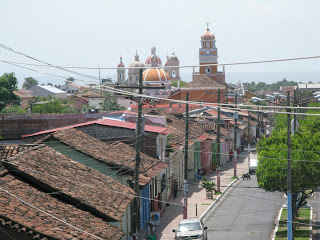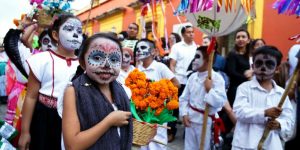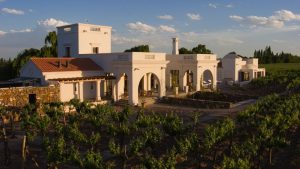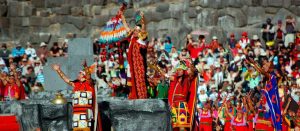
Granada has had a turbulent past, having been attacked by pirates numerous times over the centuries Hence, it has been the scene of many battles with fires, swordplay and gunshots meaning that the city has been rebuilt over and over. Founded in 1524, for many years it was the administrative city from which the whole of Central America was governed. This explains the large number of grand buildings which surround the main plaza and of course the magnificence of the Cathedral. It’s hard to imagine such a violent past when you amble down the serene cobbled streets today.
There are sophisticated café’s serving excellent German and French baked bread. Women in long dresses carrying huge baskets of cashews on their tired arms parade up and down the open veranda’s. Horse and carts click-clack by around the cobbled streets. And the plaza, shaded by huge, craggy trees is the epi centre of it all. Start here, look around and simply .. watch. There is no doubt that it is the most heavily touristic part of the country. So be prepared for this. But if you are away from the street of bars and restaurants, you can soon get away from the madding crowd.
The Spanish colonial buildings have a wonderful ‘solidity’ to them. The walls are heavily plastered and painted with deep hues of mustard ochre, pillar box red and emerald green. And to me, the large and ornately carved wooden doors have a ‘Narnia’ feel. When I pass, I wonder if just like in the famous book – ‘The Lion, the witch and the wardrobe’ – does it hide any secrets? Sometimes you pass a door pushed open, and you get a glimpse of the world within. A rocking chair. A stooped figure with a stick. The shadowy outline of a cat lying on a matted rug.
Most of the bars and restaurants are located in the street which runs off the main plaza next to the Cathedral. We spent the evening at the Hotel Dario and had a luxurious and creamy fish dinner to the lively sounds of those drinking in the street al fresco.
We stayed at the Hotel Plaza Colon.










